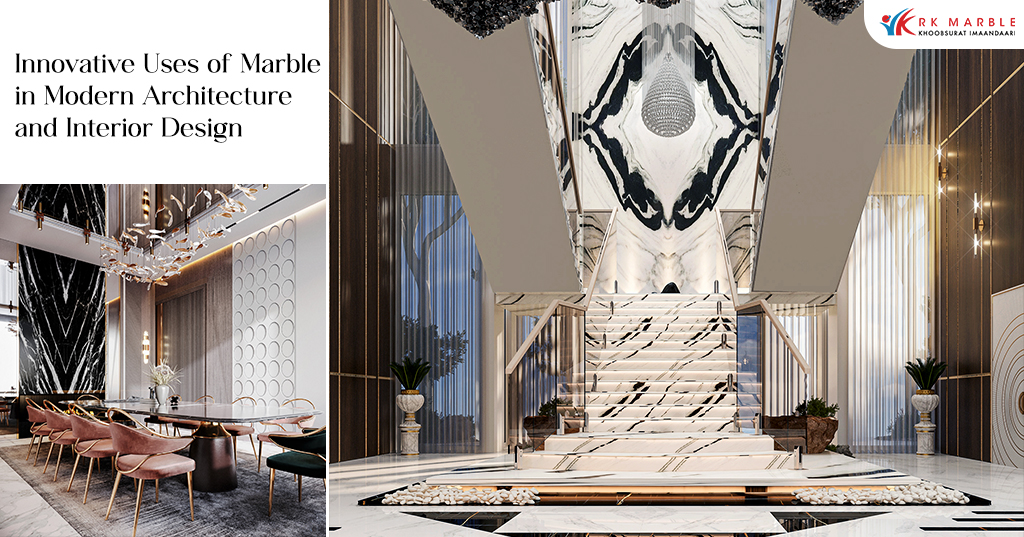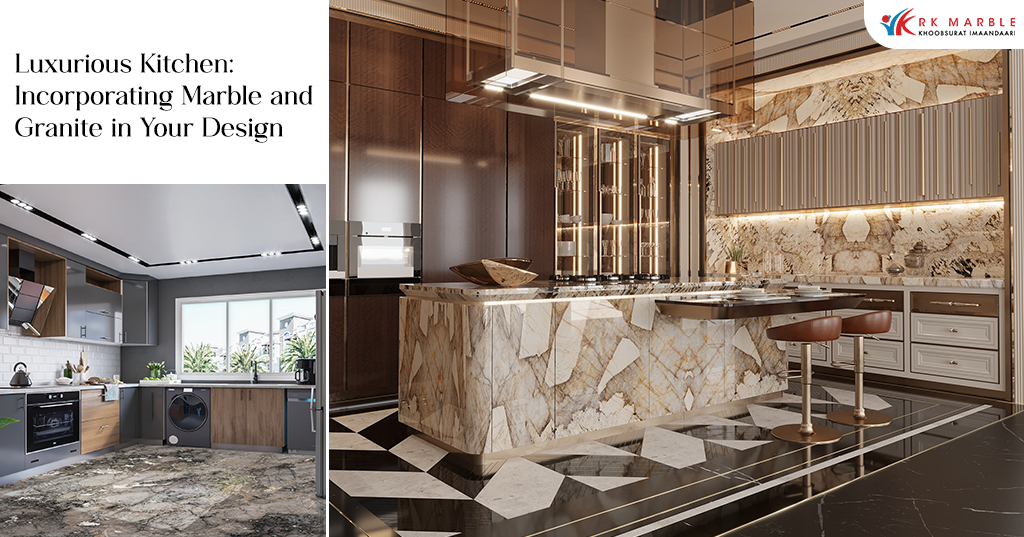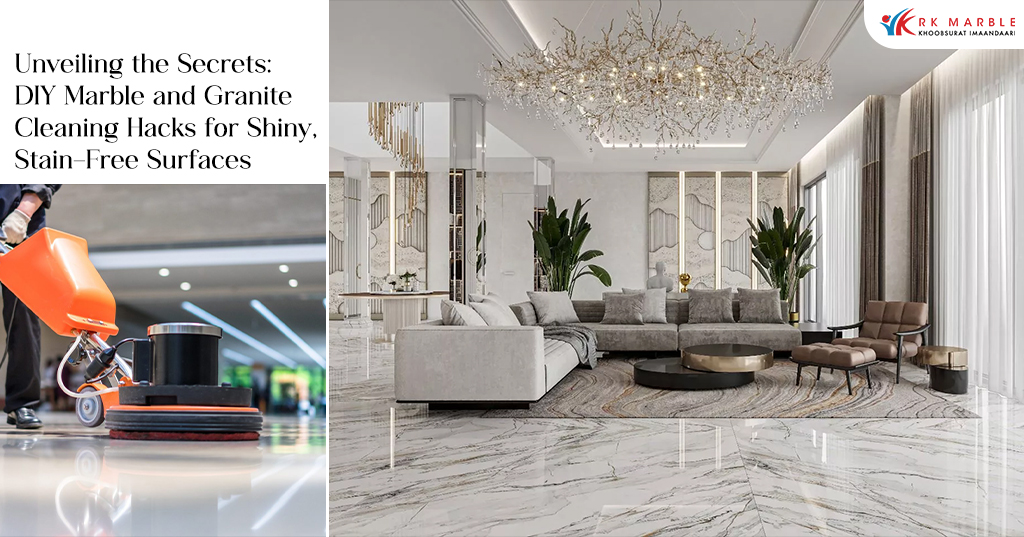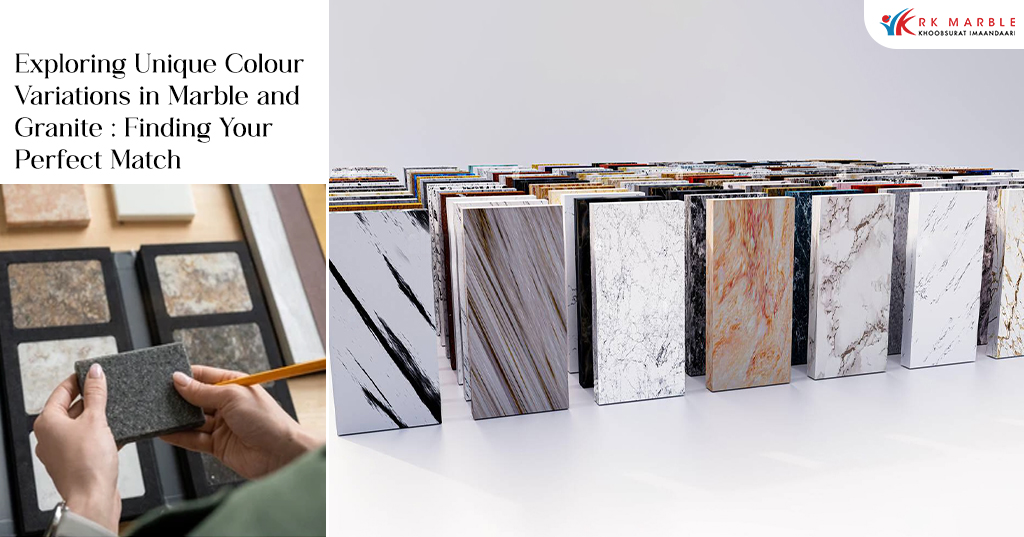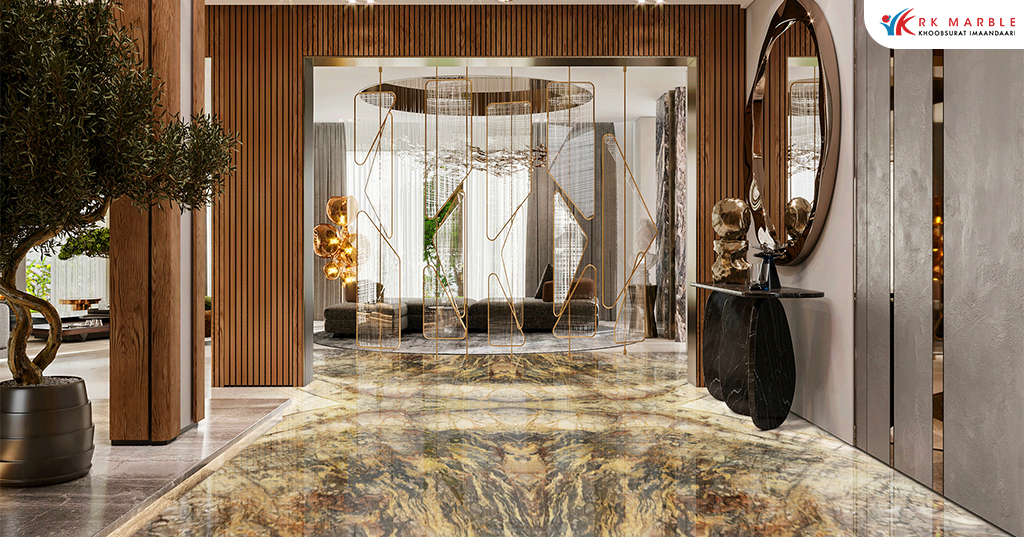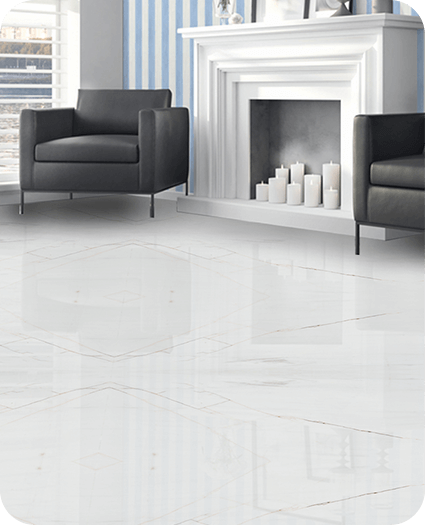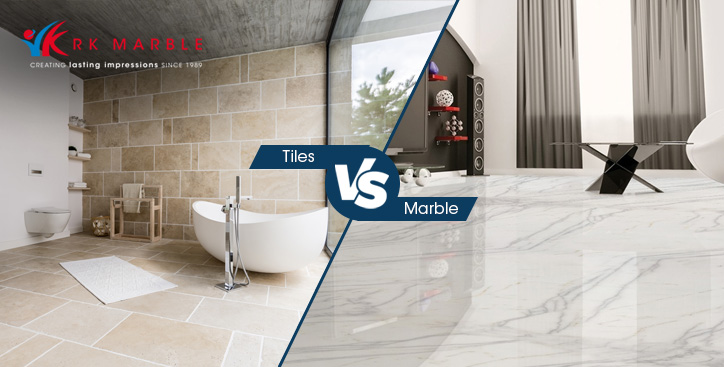
In the race to own the latest alternatives for a luxurious home, homeowners come to a screeching halt when faced with this forking path of choosing concurrent vitrified tiles and timeless classic marble. Flooring gives a base, stability and a subtle grounding effect to the entirety of your interiors. It, therefore, becomes of paramount importance that you choose the right flooring option for your house as flooring is an expensive plan to undertake, one that you might not want to revisit anytime soon.
.
Marble or tiles: which one is better in residential space?

R K Marble has dissected the decision-making process down to every important detail that you should know before you set out to buy marble or vitrified tiles.
What are vitrified tiles exactly?
Vitrified tiles are the modern-day, often less expensive alternative to marble for flooring options. They are made by hydraulic pressing of clay and a mixture of other minerals like feldspar, quartz, and silica to generate a vitreous or glassy surface. Used extensively in the outdoors because of their low porosity, scratch, water and frost resistance, vitrified tiles are rapidly becoming an easy substitute for marble.
But is this substitute as good as appears? Let’s find out.
Difference between marble and tiles
#1. Characteristics and Versatility
Vitrified tiles are available in an arrayed assortment of colours, designs, textures and prints. Vitrified tiles or porcelain tiles can be found in anti-skid, granular or glossy variants. They sometimes combine such designing elements within their synthesizing materials that they easily simulate natural flooring options like wood and marble.

The fact stands undefeated that challenging nature’s artistry is not within the human potential, no matter how creatively crafty we get. Available as blocks, tiles and slabs, marble flaunts natural colours like green, white, beige, brown, grey, black and sometimes startlingly, blue. The motley of hues is bound to leave you awe-struck. The textures that can be seen in marble are largely dependent on the finishes and consequently can be seen in glossy finishes or texture-rich matte finishes when sanded for better purchases on the surface such as in bathroom floors.
#2. Durability
Vitrified tiles are extremely durable and are made to endure heavy traffic. But even so, they last only a span of 10-15 years much shorter than the life span of a properly maintained, marble tile that easily lasts up to 20-25 years.
Then there’s the danger of chipping. Once chipped, the entire tile has to be replaced. There’s no other way around it. While marble tiles which are heavier and much dense can easily be repaired by an expert.
#3. Porosity and Maintenance
Marble is more porous than the vitrified tiles, but the application of sealant from time to time fixes the problem of moisture and porosity and also brings back the lustrous finish anew. Staining is an issue where vitrified tiles seemingly beat marble but if cleaned immediately the stains and spills do not get absorbed. Also, the porosity of marble varies from quality to quality and R K Marble offers the low-porosity imported marble variants that are stain-resistant to a large degree.

The maintenance of marble doesn’t require all that much- just a mild liquid soap in water, wiped clean and dried thoroughly will leave your floors gleaming. Vitrified tiles have differing levels of maintenance depending upon their texture and might require scrubbing and laborious processes of cleaning.
#4. Aesthetics
Vitrified tiles are man-made and can be easily mass-produced while no two marble are the same. The uniqueness and grandiosity that is synonymous with marble can in no sense be matched by the tiles. The grout lines in laying vitrified tiles are not as seamless as that of marble and sometimes act as an eye-sore.
The varieties of colour, hues and artistic appeal of marble are the chief reasons why it is the choice of flooring for the most luxurious interiors. The natural gleam offered by marble after finishing is the reason why no one ever regrets opting for marble. See this flooring plan of a kitchen and verify this for yourself:
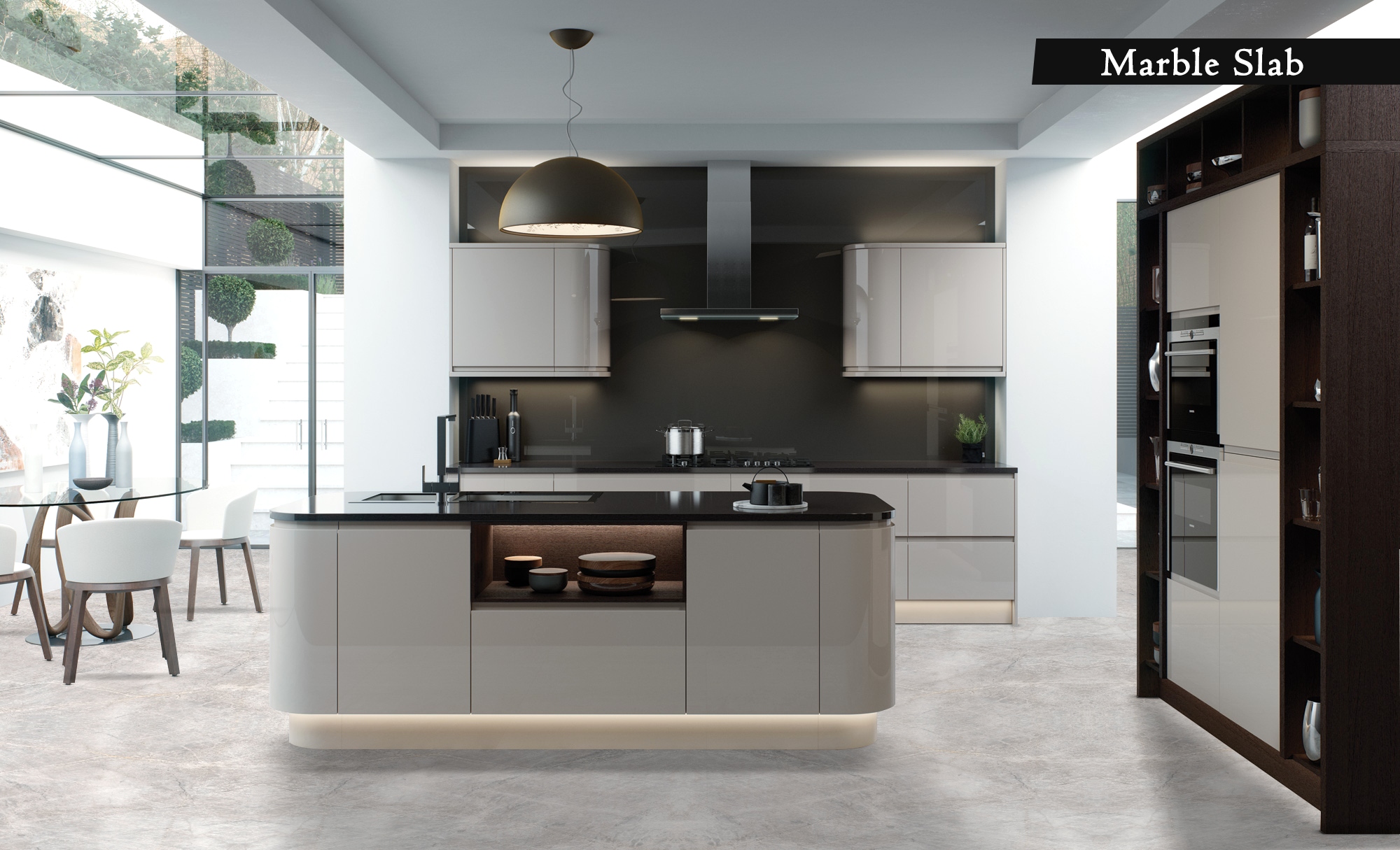
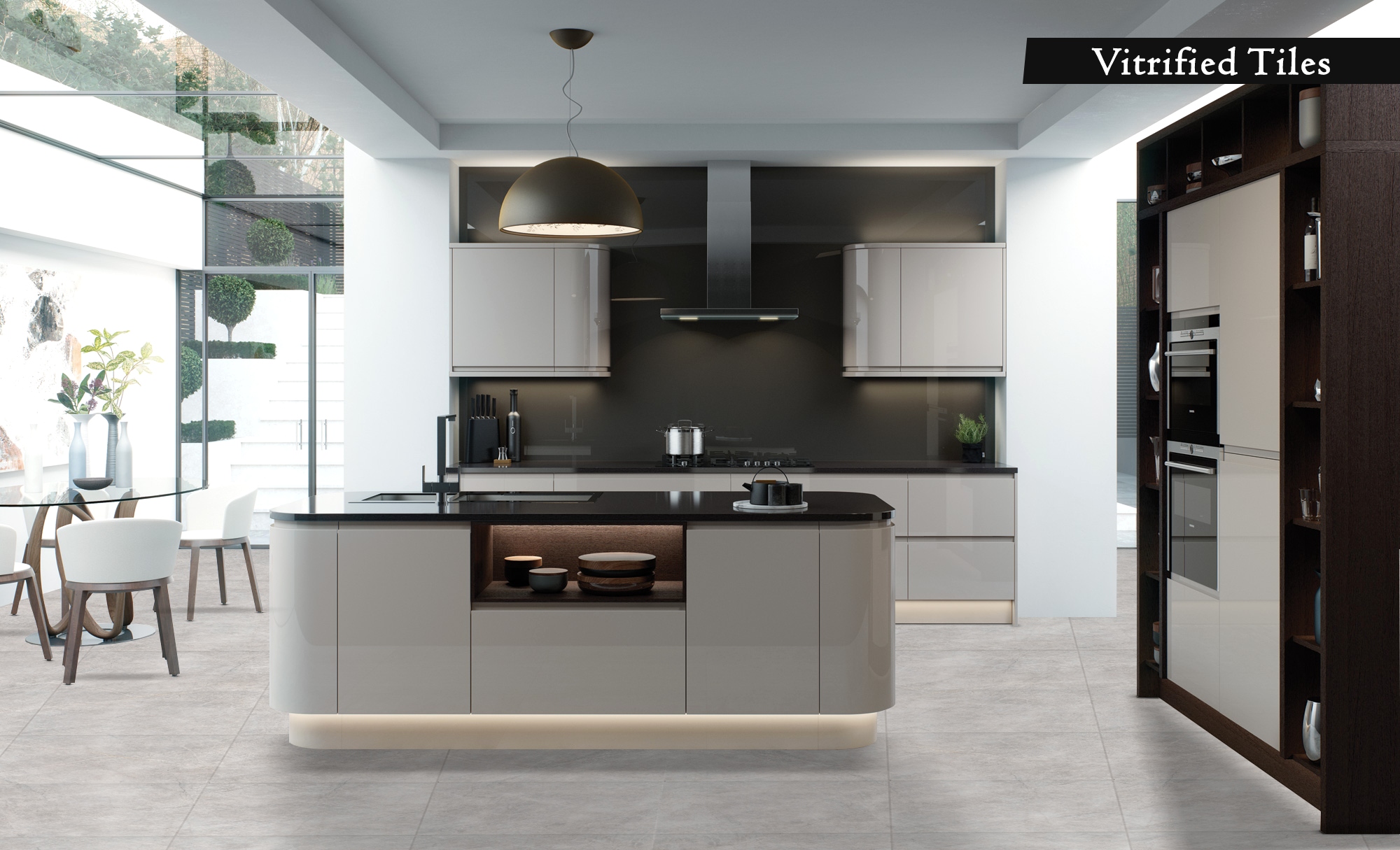
#5. Health Benefits
Vitrified tiles are hard, cold and unyielding to an extent that doctors prescribe against them. They have been known to cause unnecessary stress on joints and hence causing joint pains and stuck knees in many-a-cases. Marble, being a natural stone, offers a better choice. Interestingly, if cleaned properly marble can keep away germs and micro-bacteria.
Why should you prefer marble over vitrified tiles?
Marble captures light that reflects off the surface of the natural stones more than that on vitrified tiles. This lends marble with the gleamingly glossy finish that you see after finishing. Marble may demand a little more maintenance regime but why should that scare you from wanting what you like! The pleasing looks and colours and final effect of marble have no equal. Add on the health benefits and we clearly have a winner.
Choosing vitrified tiles may not entirely be a wrong choice. But when luxury is available in an affordable range, and not much cost difference, why not live life king size! Buy marble in India in all their characteristic grandeur at R K Marble. The best of luxury is yet to come

